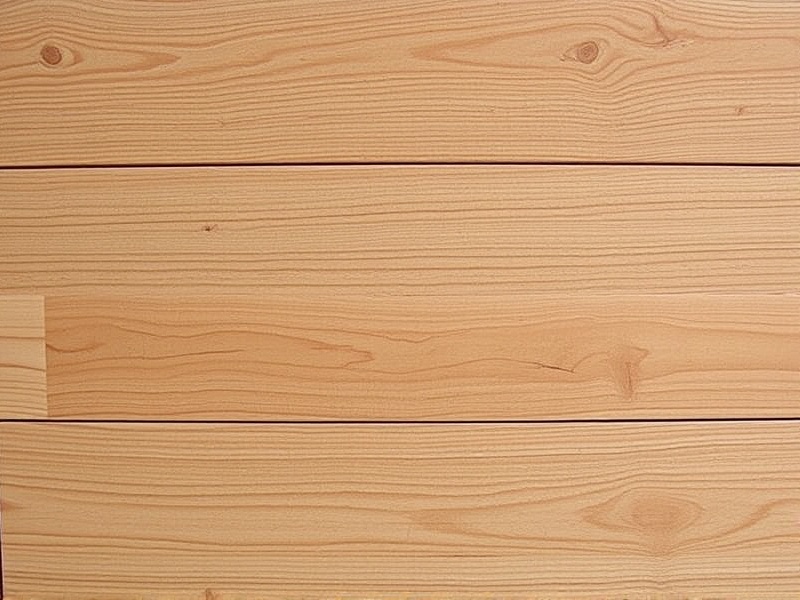Our Location
304 North Cardinal St.
Dorchester Center, MA 02124
Discover the various names and types of composite wood materials used in construction and furniture making. Learn about their benefits and applications.

Composite wood, also known as man-made wood or engineered wood, is a category of lumber created by combining wood particles, fibers, or strands with adhesives to form panels or boards. This innovative material offers a versatile alternative to traditional solid wood, providing benefits such as enhanced durability, resistance to moisture, and cost-effectiveness. Understanding the different types of composite wood can help consumers make informed decisions when selecting materials for various construction and furniture projects.
Engineered wood, sometimes referred to as composite wood, is a broad term encompassing products like plywood, oriented strand board (OSB), and medium-density fiberboard (MDF). These materials are composed of layers or strands of wood bonded together with resin or glue under high pressure. For example, plywood consists of thin veneer sheets arranged in alternating directions for added strength, making it ideal for flooring and cabinetry. OSB, on the other hand, uses larger wood chips arranged in a random pattern, offering excellent structural integrity and commonly used in wall sheathing and roof decking.
Fiberboard is another type of composite wood, specifically made from wood fibers compressed into dense panels. Medium-density fiberboard (MDF) and high-density fiberboard (HDF) are popular variants. MDF, which is widely used in furniture manufacturing due to its smooth surface and uniform texture, is often employed in the production of bookcases, drawer fronts, and decorative trim. HDF, known for its superior strength and density, finds applications in floor underlayment and industrial shelving systems.
Particle board, also known as chipboard, is created by pressing wood chips or sawdust into panels using resin binders. It is less expensive than MDF or HDF but lacks their strength and durability. Despite this, particle board remains a popular choice for budget-conscious consumers and is frequently utilized in low-cost furniture and kitchen cabinets. Its lightweight nature makes it easy to work with, though it requires careful handling to prevent damage during installation.
Composite wood materials find widespread use across various industries. Plywood and OSB are staples in residential and commercial construction, serving as critical components in framing, roofing, and flooring systems. MDF and HDF dominate the furniture sector, providing a cost-effective solution for mass-produced items while maintaining aesthetic appeal. Particle board, although not as durable, plays a significant role in DIY projects and affordable home furnishings.
The term “composite wood” encompasses a diverse range of materials, each tailored for specific applications based on their unique properties. Whether you’re a homeowner planning renovations or a professional seeking sustainable building solutions, understanding the distinctions between engineered wood, fiberboard, and particle board can guide your selection process. By leveraging the strengths of these materials, we can create structures that are both functional and environmentally friendly.